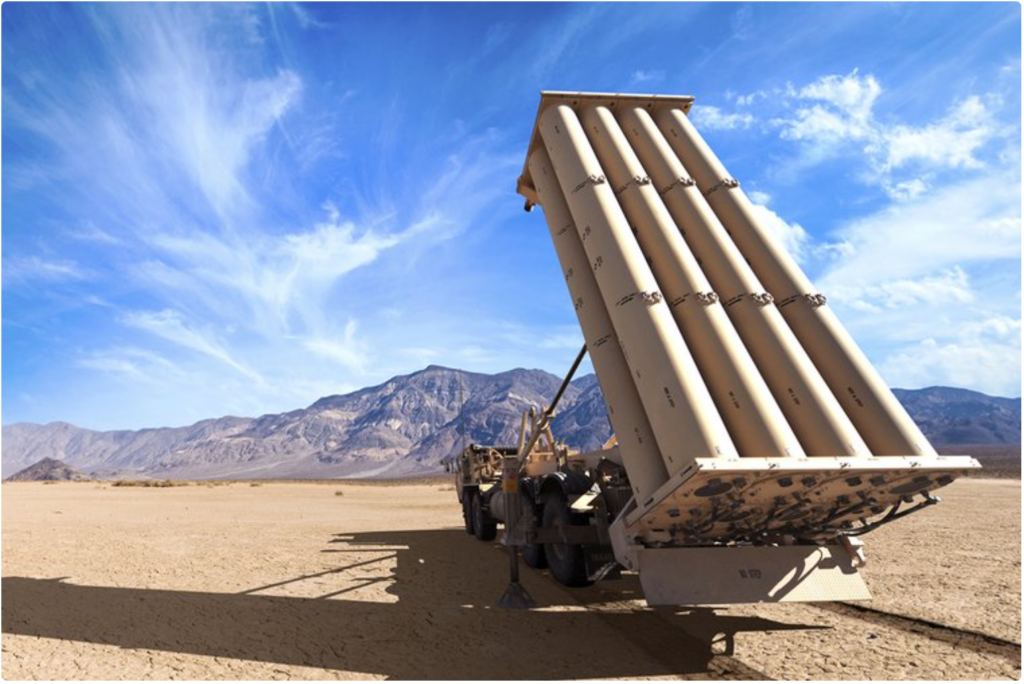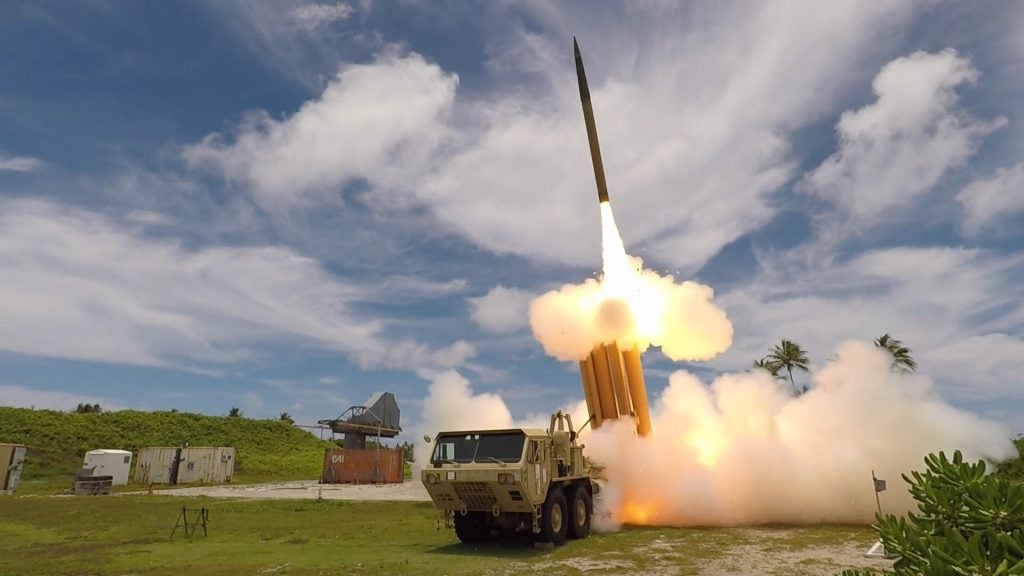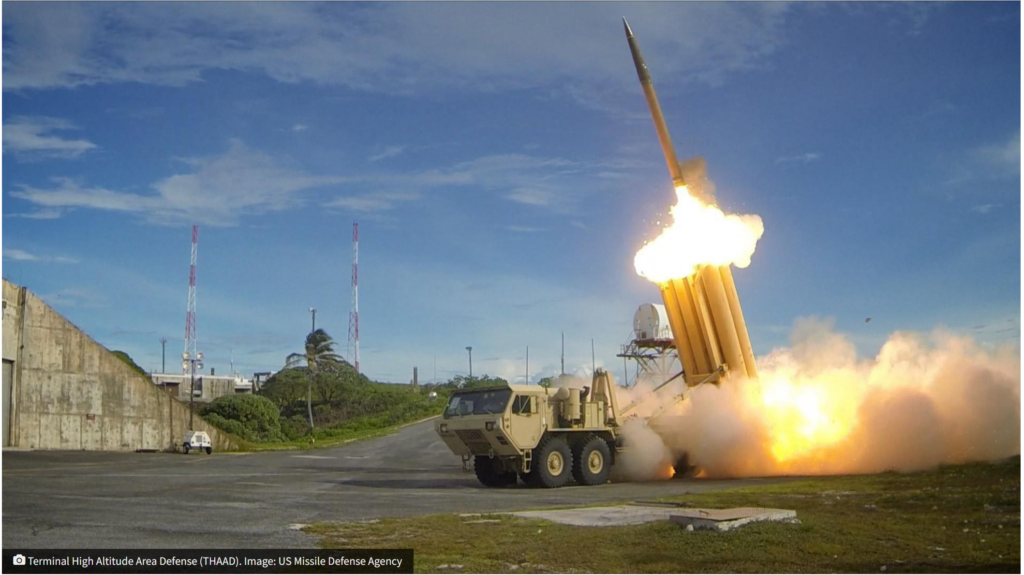U.S. Missile Defense Agency Signs a $2.8 Billion THAAD Missile Defense Contract with Lockheed Martin
The U.S. Missile Defense Agency (MDA) has awarded Lockheed Martin a contract worth up to $2.81 billion for continuing development of the Terminal High Altitude Area Defense (THAAD) system. This indefinite-delivery/indefinite-quantity (IDIQ) contract will enhance THAAD’s ability to counter evolving missile threats. The agreement spans five years, with options to extend for up to 10 years. If fully executed, the contract will reach its $2.8 billion ceiling value. This contract continues the work of the Advanced Capability Development (ACD) program, focusing on integrating and testing new THAAD system enhancements. The primary work will take place in Sunnyvale, California, and Dallas, Texas. The THAAD Weapon System has a perfect flight test record, successfully intercepting 17 out of 17 targets. Out of these, 16 interceptions were completed using a THAAD interceptor.

The new contract focuses on developing THAAD System Build 6.0 to improve missile defense. It enhances protection against maneuvering air targets and expands the threat engagement area. Key upgrades include improved THAAD interceptors, better integration with the Patriot Missile Segment Enhancement (MSE), and stronger cybersecurity and program protection. Additionally, initial systems engineering for integration with the Army’s Integrated Air and Missile Defense Battle Command System (IBCS) will start in fiscal year 2025. These advancements will strengthen THAAD’s ability to counter evolving threats.
The Terminal High Altitude Area Defense (THAAD) system is a high-tech missile defense system designed to intercept and destroy ballistic missiles during their final flight phase. It uses hit-to-kill technology, meaning it neutralizes threats by direct impact instead of an explosive warhead.
THAAD includes four key components: interceptor missiles, a mobile launcher, a radar system, and a fire control unit. The THAAD interceptor is 6.2 meters (20.3 feet) long, weighs 900 kg (2,000 lbs), and has an infrared seeker for precise targeting. The M1075 truck-mounted launcher is highly mobile and carries up to eight interceptors. The system is equipped with the AN/TPY-2 X-band radar, which can detect threats over 1,000 km (620 miles) away and track multiple targets at once.

THAAD can engage targets at high altitudes of up to 93 miles (150 km) and over distances of 125 miles (200 km), offering strong defense against both atmospheric and space-based threats. Its advanced radar system uses phased array technology for searching, detecting, tracking, and identifying missiles with high precision. It also integrates with other missile defense systems, including the Patriot PAC-3 MSE and the Army’s Integrated Air and Missile Defense Battle Command System (IBCS), enhancing overall defense capabilities. THAAD plays a critical role in offering advanced protection against evolving missile threats.

